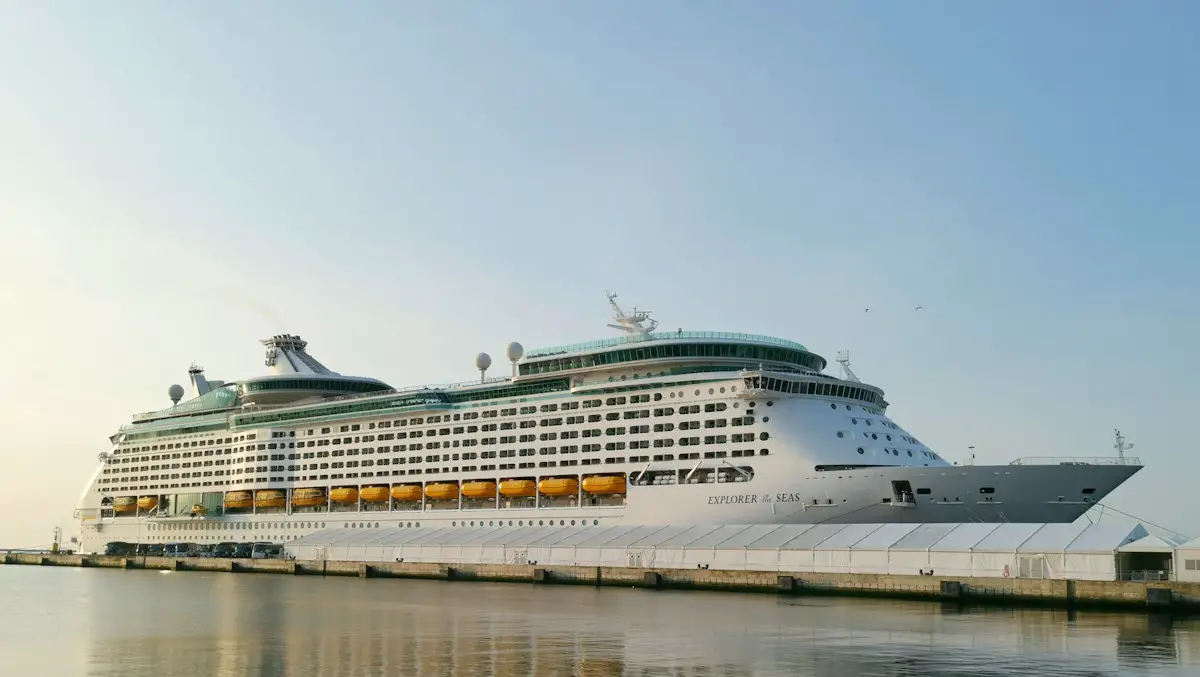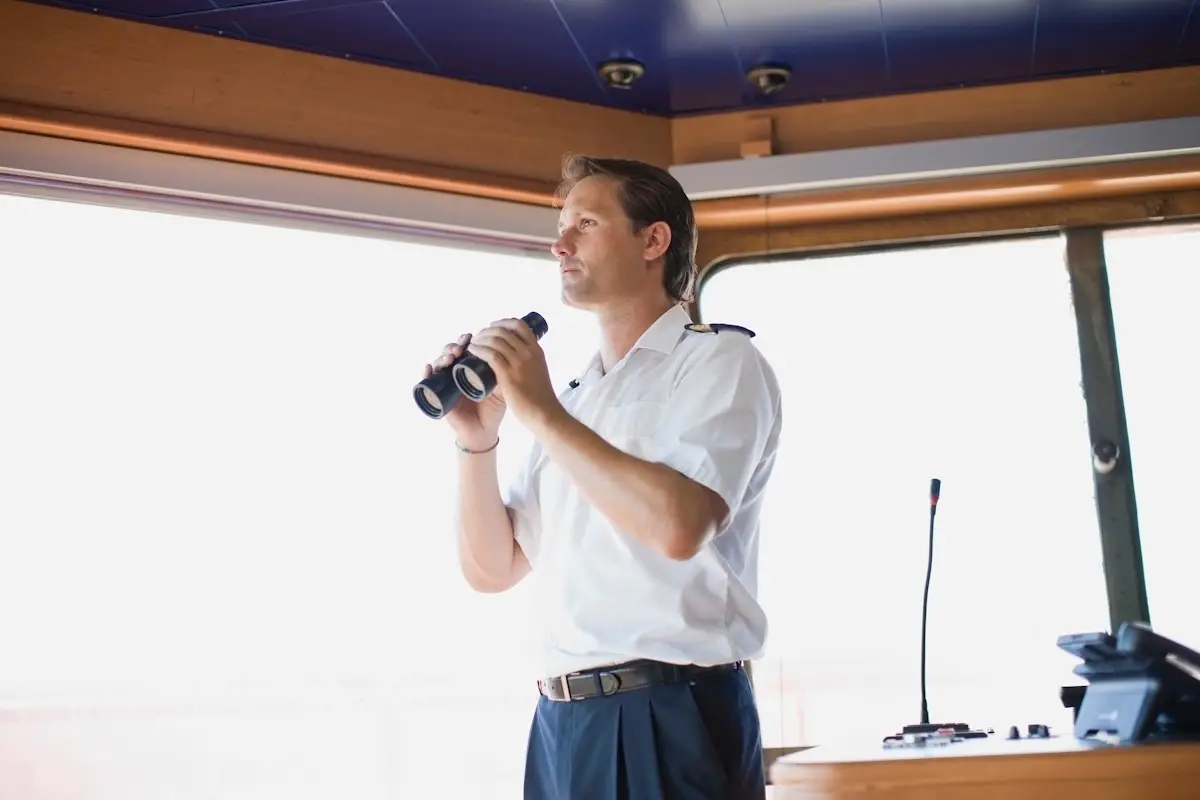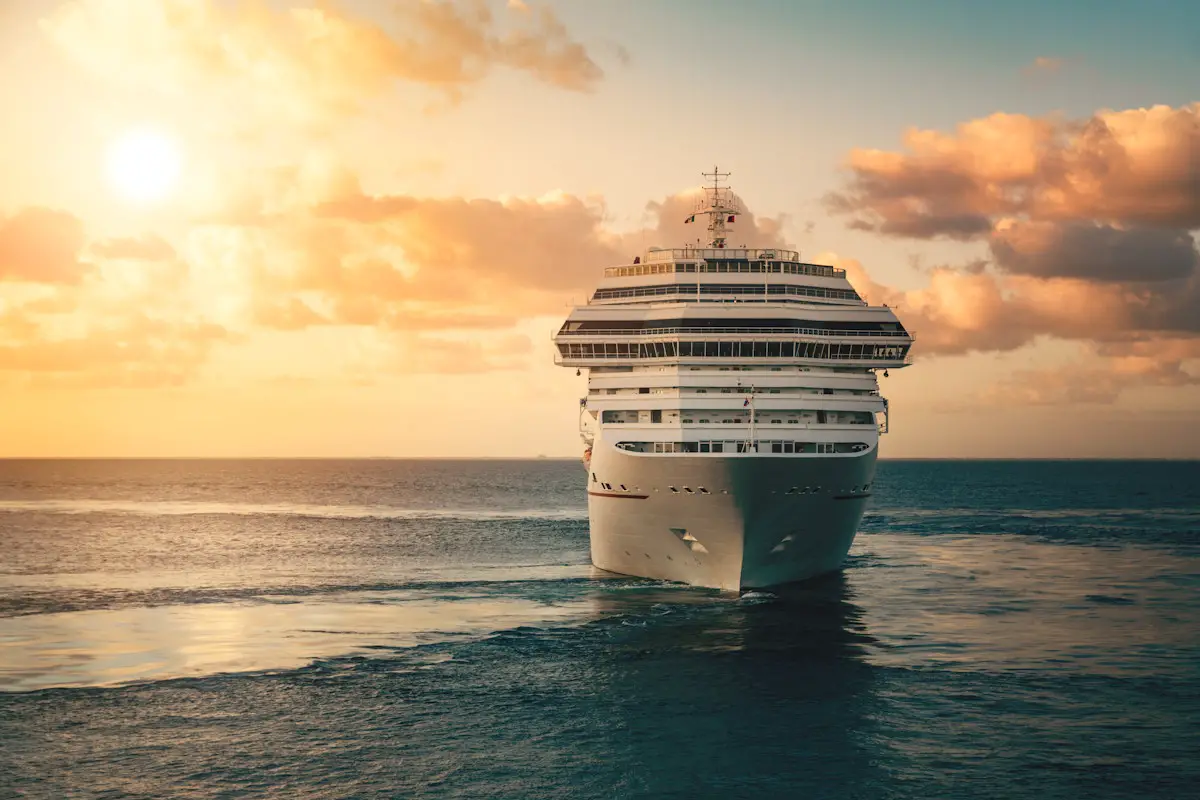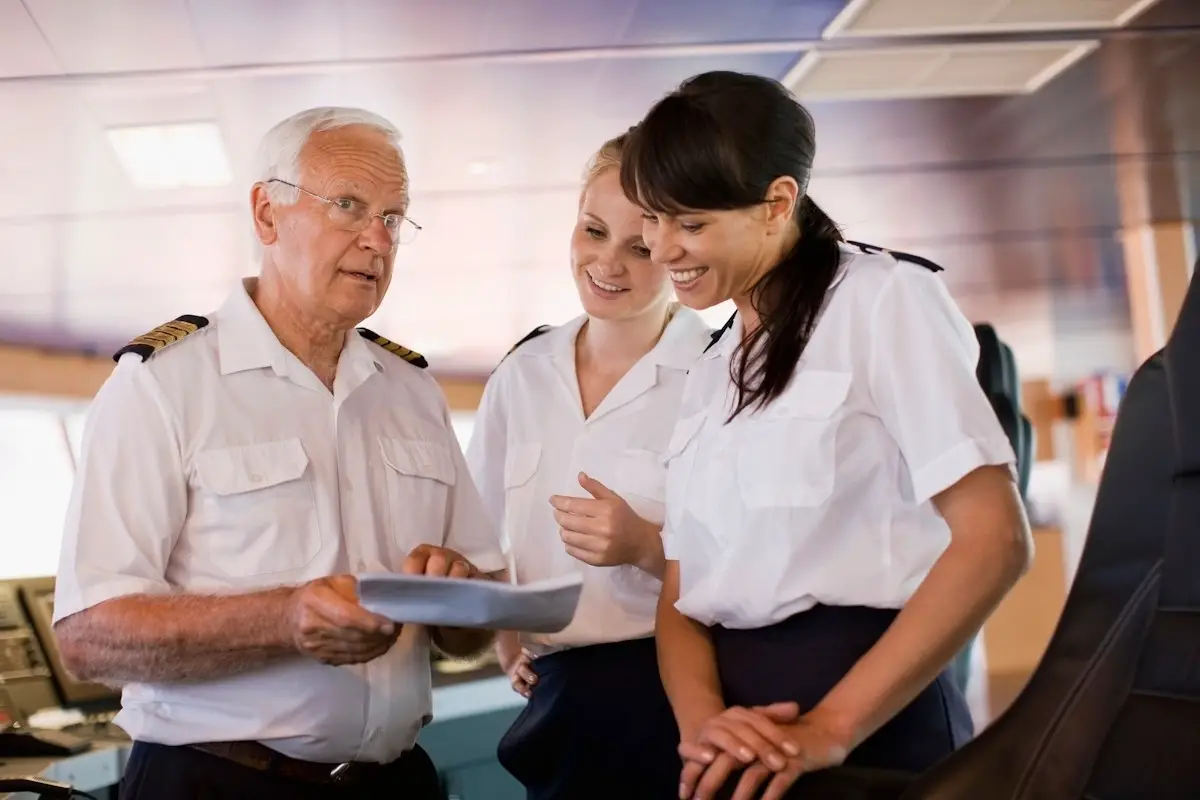You thought parallel parking was hard!
Cruise Ship Captain is a prestigious and challenging role that requires a unique set of responsibilities and experiences. Becoming a cruise ship captain is a major achievement in the shipping industry. It often represents the culmination of years of hard work, training and dedication to a career at sea.
Here’s an overview of the skills you’ll need and what it’s like to be a cruise ship captain:
Strong leadership skills
As the captain, you are the ultimate authority on the ship. You are responsible for the safety of all passengers and crew. This includes making important decisions during emergencies, managing crew members and ensuring all shipboard operations run smoothly.
Leading a team of highly skilled professionals on a cruise ship is personally rewarding. Captains work closely with a diverse crew and have the opportunity to coach and mentor their team members.
Navigation proficiency
One of the main responsibilities of a captain is to steer the ship. This includes plotting routes, reading charts and using advanced navigation systems to ensure the ship reaches its destination safely and on time.
Cruise ship captains must also consider weather conditions, ocean currents and other factors that may affect the voyage.
For those of us who find parallel parking a challenge, cruise ship docking is a complex process that requires careful planning, communication, and skill. The ship has a propulsion system and side thrusters to help with this process, but can also be assisted by tugs. All in all, making docking a smooth experience requires skill.
Perfect safety record
On a cruise ship, safety is paramount. Captains must conduct safety drills, ensure compliance with international maritime regulations, and be prepared to respond to emergencies such as fire, medical incident or evacuation of passengers and crew.
Every day on a cruise brings new challenges and experiences. The captain needs to be able to handle any and all emergencies to ensure the safety of everyone on board. From navigating complex waters to managing emergencies and interacting with passengers from around the world, the job rarely becomes monotonous.

Good communication with crew and passengers
Effective communication is crucial. The captain must coordinate with various departments on board, including the bridge crew, engineering staff and hotel operations staff. They also communicate with port authorities and other vessels at sea.
They also had to deal with a diverse crew and many cultural differences. The captain must find a way to create cohesion among all entities on his or her ship.
Although limited, cruise ship captains often have the opportunity to interact with passengers during special events and parties. These interactions can be enjoyable and provide a sense of connection with the people they serve.
Ability to work long hours
Cruise ship captains often work long hours and may spend months at sea without taking a break. This job requires a strong work ethic and the ability to stay focused and alert even during long shifts.
While the job is demanding and requires long hours at sea, it often provides the opportunity for extended breaks between contracts. This allows captains to balance work and personal life in a unique way.
cultural awareness
Cruise ships receive passengers from all over the world. Captains need to be culturally aware and sensitive to guests’ diverse backgrounds and expectations.
Leading a team of highly skilled professionals on a cruise ship is personally rewarding. Captains work closely with a diverse crew and have the opportunity to coach and mentor their team members.
Ability to take responsibility
The captain is responsible for the welfare of his crew. This includes ensuring crew members receive appropriate training, accommodation and support services.

The captain has the responsibility for the safety and well-being of everyone on board, and this sense of responsibility is extremely rewarding. There can be a sense of pride in knowing that you are responsible for the safe navigation of a large ship and the protection of passengers and crew.
Maintain regular maintenance and inspections
Regular maintenance of a ship is vital to its safe operation. The Captain works closely with the ship’s engineering and maintenance teams to oversee daily inspections and maintenance tasks.
Comfortable interaction with passengers
While captains may not have extensive direct contact with passengers, they often attend formal events and may interact with passengers at receptions or special occasions.
Climb the ladder
Becoming a cruise ship captain typically requires several years of experience as a deck officer, followed by advanced maritime training and obtaining the necessary licenses and certifications. Many captains work their way up in the cruise industry.
sea love
Despite the demands of their jobs, many cruise ship captains share a love of the sea and a love of travel. Although their time ashore is often limited, they get to visit exciting destinations around the world.

Many captains have a love for the ocean and a strong connection to the marine environment. Being on the water and experiencing the changing moods of the ocean can be a powerful and spiritually enriching experience.
final thoughts
It’s important to note that while being a cruise ship captain has many rewards, the job also comes with challenges and sacrifices, including extended periods of time away from family and friends and the need to deal with high-stress situations.
Ultimately, the best things about becoming a cruise ship captain may vary based on one’s perspective and personal preferences.
Cruise ship captaining is a prestigious and challenging profession that requires high levels of responsibility, leadership and maritime expertise. It offers the opportunity to travel the world and experience a unique blend of adventure and professionalism.
However, it also requires a strong commitment to safety and a willingness to work long hours in a highly regulated and complex environment.
Questions asked by the captain
Captains receive their fair share of questions from passengers, and many cruise lines offer “question and answer” sessions for captains and other officers on board. If you have the opportunity to attend, it’s worth your time.
Here are some real questions asked:
Is there a prison on the ship? Yes, there is. This is Called a brig.
How many people die on cruise ships every year? An average of about 200 people per year died on a cruise shipthe majority of which are due to cardiac events. About 31.5 million people take cruises every year, which is a pretty good average.
Can I drive for a while? No.
Am I on board or on board? You are on board. The best way to remember this is that you can put a boat on a boat, but you can’t put a boat on a boat.
Who’s at the helm while you’re asleep? There are always two captains on a cruise ship. a captain and staff captain and some officers.
Have you ever left a passenger behind? Won’t. However, when we sail there are times when a passenger decides not to come on board.
Do crew members sleep on board? (Really?) Yes, they do.
This page contains affiliate links, which may result in us receiving financial compensation when a purchase is made through one of our affiliate partners.
About Jonathan Hayek
Jonathon is the technical guy behind CruiseportAdvisor.com. When Jonathan isn’t stuck in front of a computer, he enjoys traveling and cruising (even on a burning cruise ship – a story for another day!)







